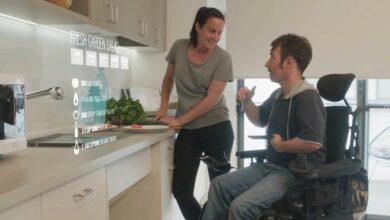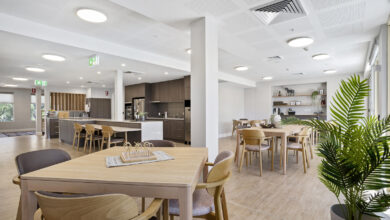‘Critical’: Half of providers in the red for the second year in a row

Acute workforce issues and financial instability will push more aged care homes to close unless key funding and retention problems are addressed by the federal government, according to the latest industry report card.
Researchers from the UTS Ageing Research Collaborative (UARC) released their third-annual Australia’s Aged Care Sector Report this week.
The analysis, which surveyed 1,099 residential aged care homes nationwide, found only 10 per cent could meet incoming nurse and care staff requirements.
By October 1 2023, all aged care homes in Australia will have to meet individual care requirements.
This will be based on a sector average target of 200 minutes of care per resident per day, including an average of 40 minutes of care from a registered nurse.
“To meet these standards will require an estimated 12,520 additional full-time equivalent direct care workers, including 5,911 registered nurses,” the report said.
Health department data projects that by 2024-25, there will be a shortage of 39,738 registered nurses and personal care workers.
Agency staff make up nearly a quarter of registered nurses in homes currently below the 24/7 registered nurse requirement, the report said.
“Critically, labour costs will rise if homes continue to rely on additional overtime and agency workers to fill staffing gaps, particularly for overnight shifts,” according to lead author Dr Nicole Sutton.
The recent federal budget which allocated $11.3bn to provide a wage increase for direct care workers was insufficient to meet the “acute” financial reality of the sector, the report said.
Despite an increase in government spending, about two-thirds of providers (64 per cent) reported a negative mid-year operating result for the second consecutive year
“These financial concerns are most acute among providers servicing regional areas and those operating between two and six homes,” the report said.
Government spending on aged care is expected to reach 1.5 per cent of Australia’s GDP next year, a decade sooner than expected.
The report said that on average, residential homes are currently losing $17.47 per day for each resident.
For non-care services, homes are losing an average of $7.37 per resident in providing everyday living services and a further $14.26 for accommodation services.
There is also a widening disparity between profit-making and loss-making homes, which will impact regional facilities the most despite more homes pumping up staffing to meet care minute targets.
"The situation requires urgent reform from the government to adjust how people pay for basic daily services and accommodation,” chair of the report’s editorial board Professor Mike Woods said.
Email: [email protected]




